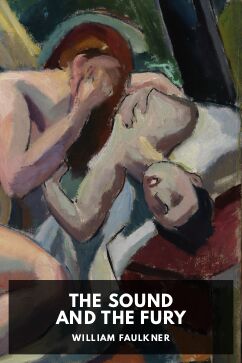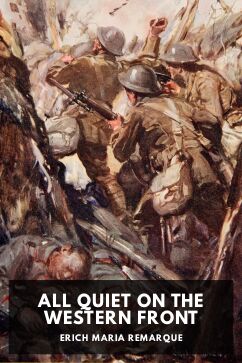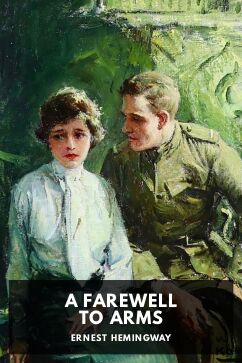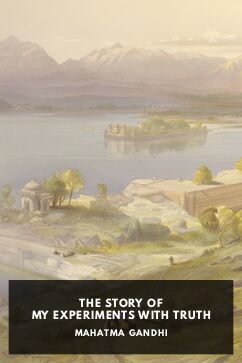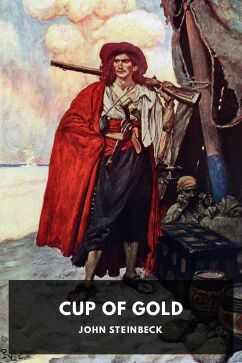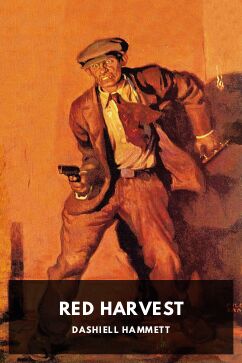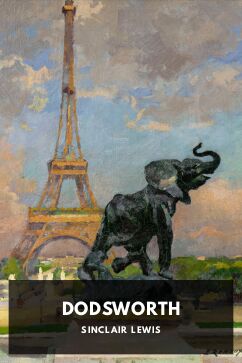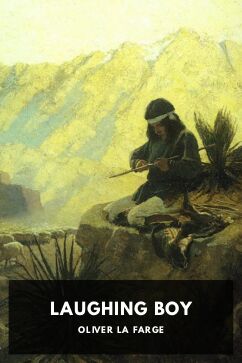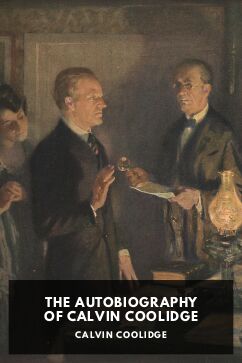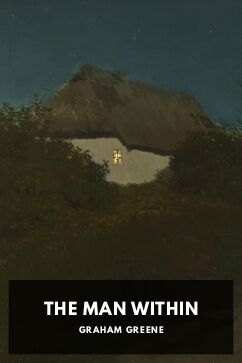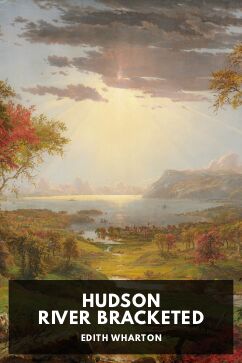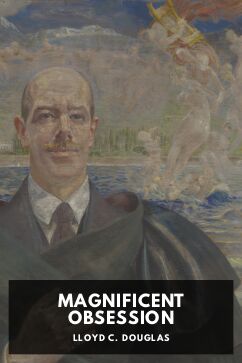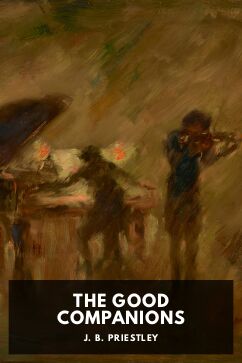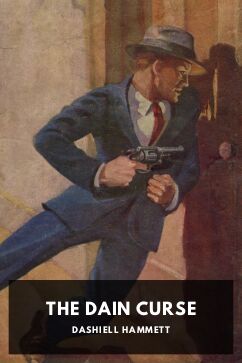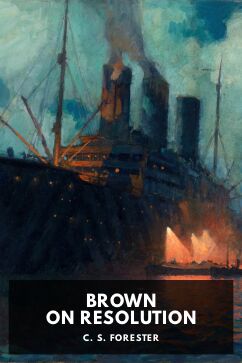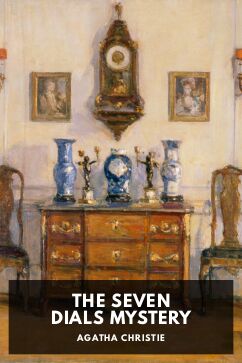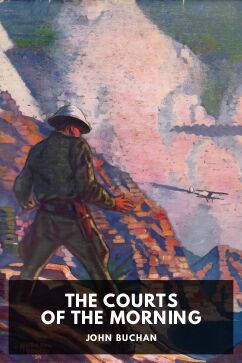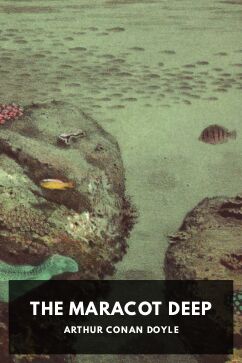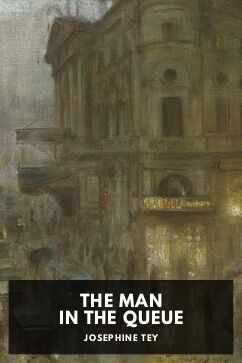Public Domain Day in Literature
Read 20 of the best books entering the public domain in 2025
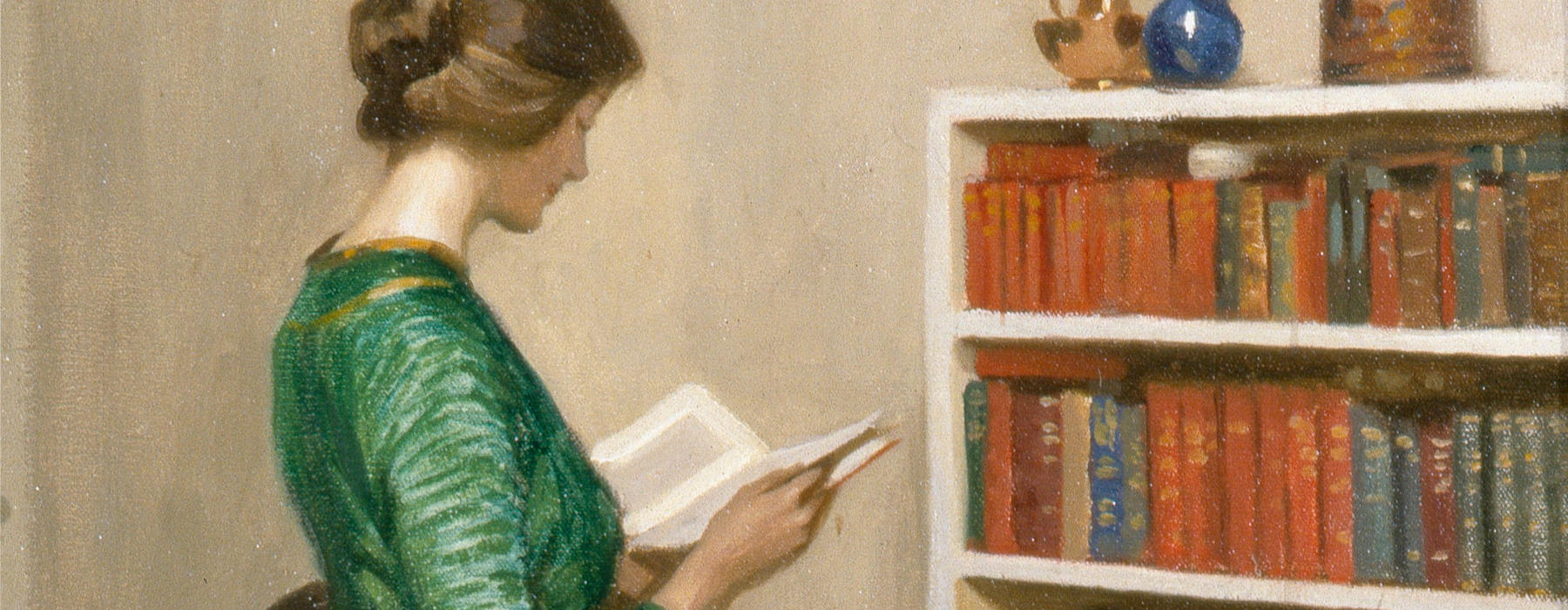
Happy Public Domain Day!
Around the world, people celebrate Public Domain Day on January 1, the day in which copyright expires on some older works and they enter the public domain in many different countries.
In the U.S. Constitution, copyright terms were meant to be very limited in order to “promote the Progress of Science and useful Arts.” The first copyright act, written in 1790 by the founding fathers themselves, set the term to be up to twenty-eight years.
But since then, powerful corporations have repeatedly extended the length of copyright to promote not the progress of society, but their profit. The result is that today in the U.S., work only enters the public domain ninety-five years after publication—locking our culture away for nearly a century.
2019 was the year in which new works were finally scheduled to enter the public domain, ending this long, corporate-dictated cultural winter. And as that year drew closer, it became clear that these corporations wouldn’t try to extend copyright yet again—making it the first year in almost a century in which a significant amount of art and literature once again entered the U.S. public domain, free for anyone in the U.S. to read, use, share, remix, build upon, and enjoy.
Ever since then, we’ve been celebrating Public Domain Day by preparing some of the year’s biggest literary hits for you to read on January 1.
On January 1, 2025, books published in 1929 enter the U.S. public domain.
And 1929 was a literary doozy!
Books by William Faulkner, Ernest Hemingway, Mahatma Gandhi, and John Steinbeck enter the U.S. public domain. Joining these esteemed names is the English translation of All Quiet on the Western Front, the war novel so grisly that it was banned in parts of Europe; Red Harvest, the first novel starring the Continental Op, the hard-boiled noir detective who formed the archetype for every hard-drinking, fedora-wearing private eye to grace page and screen since; and much more.
Our friends at the Public Domain Review have written about some other things that enter the public domain this year, too.
These past few months at Standard Ebooks, our volunteers have been working hard to prepare a selection of the books published in 1929 in advance of Public Domain Day. We’re excited to finally be able to share these 20 new free ebooks with you!
-
The Sound and the Fury
№ 6 in the Modern Library’s 100 Best Novels set.
№ 34 in the Le Monde’s 100 Books of the Century set.
Faulkner’s widely-acclaimed masterpiece is well-known in America, as it’s taught in high schools across the country. In it we follow the Compson family, an aristocratic family in Mississippi, and their slow decline into poverty and ruin. What makes the novel so special—and what lends it its reputation as a challenging read—is its stream-of-consciousness style, in which Faulkner attempts to narrate the characters’ thoughts directly to the reader.
The Sound and the Fury was an essential step in developing that modernist prose style, and is still considered to be one of the greatest works of American literature.
-
All Quiet on the Western Front
One of the greatest war novels to come from any conflict, Erich Maria Remarque’s grisly tale of the brutality and horror of the German trenches during the Great War was so powerful that it earned him nominations for the Nobel Prizes in both Literature and Peace, and was soon widely banned in a Europe that was preparing for a second cataclysmic conflict.
-
A Farewell to Arms
№ 74 in the Modern Library’s 100 Best Novels set.
Called “the premier American war novel from World War I,” Hemingway’s semi-autobiographical story of an American ambulance driver serving in the Italian front, and a bright and cynical British nurse, cemented his reputation as one of the generation’s foremost literary figures. Unlike Remarque, whose All Quiet on the Western Front paints the war’s destruction in full color, Hemingway’s story is one of the mundanity of war—of the quotidian smallness that underpins even the most horrific of events.
-
The Story of My Experiments with Truth
Mahatma Gandhi, father of the nation to post-colonial India, writes the story of his early life through 1921. He covers his childhood and his parents, his travels and his experiences with prejudice, how his interest in political activity and nonviolence developed throughout the years, and more. Despite this detailed treatment of his life, Gandhi asserts in the introduction that his purpose was not to write a “real autobiography,” but rather to “tell the story of my experiments with truth, and as my life consist of nothing but experiments.”
-
Cup of Gold
Cup of Gold is John Steinbeck’s first novel, the swashbuckling story of the real-life Captain Morgan, legendary pirate. Little of Morgan’s actual life is known, but Steinbeck fills in the blanks of this rich historical fiction with lush portraits of Caribbean ports and flourishes of magical realism.
While one might expect a rollicking tale of adventure, the novel is actually a deep meditation on the pursuit of—and inability to find—true happiness, and its skillful craft deftly foreshadows Steinbeck’s later ascension to literary titanhood.
-
Red Harvest
Part of the Continental Op series.
№ 94 in the Crime Writers’ Association Top 100 Crime Novels of All Time set.
№ 66 in the Mystery Writers of America Top 100 Mysteries of All Time set.
Red Harvest is Dashiell Hammett’s first full-length novel to feature the Continental Op, the nameless, hard-drinking, cynical private eye that single-handedly created the archetype of the hard-boiled detective. The novel is a fast-paced, tightly-written murder thriller that simultaneously touches all the bases of, and defines, the classic noir style that was much-imitated, and later much-spoofed, in the following century.
-
Dodsworth
Samuel Dodsworth is a successful automobile executive who decides to retire early. His younger wife Fran wants to tour Europe, so the two embark on a trip. But soon after they arrive, Fran becomes enchanted by the whirlwind of culture and old-world society, while Samuel, a mild-mannered, down-to-earth Midwesterner, yearns to escape the pretentiousness and return to the quiet stability of home. The novel explores the slow breakdown of their marriage while deftly satirizing American middle-class mores and the wide gulf between them and European culture.
-
Laughing Boy
№ 12 in the Pulitzer Prize for Fiction Winners series.
Laughing Boy, the winner of the 1930 Pulitzer Prize for Fiction, is the story of the titular main character, a young Navajo man living in the American Southwest around the turn of the 20th century. He meets the fiery young Slim Girl at a tribal meet, but her reputation precedes her, and the tribe disapproves of their union. Ignoring the advice of the tribe, the two start a life together as they try to keep ancient traditions alive in the face of the rapidly-encroaching modernization of the American Southwest.
-
The Autobiography of Calvin Coolidge
Calvin Coolidge was the 30th president of the United States, entering the office as vice president when president Warren G. Harding suddenly passed, and winning a reelection term. Even though he was hugely popular, he declined running for a second full term, opting to retire instead. In this autobiography—which is as brief as “Silent Cal’s” legend suggests it might be—we follow the former president from his idyllic boyhood in Vermont, to a career in the law, to the governorship of Massachusetts, to the presidency and beyond.
-
The Man Within
The Man Within is acclaimed novelist Graham Greene’s first novel. Set against the backdrop of the English countryside, the novel explores themes of guilt, redemption, the nature of courage and cowardice, and the complex relationship between one’s inner beliefs and outward actions.
-
Hudson River Bracketed
Vance Weston is a young Midwestern man looking to make his way in the world of literature. He gets his chance when he visits some relatives in New York, caretakers of a house in the titular Hudson River Bracketed style.
Weston is a boy of little means; perhaps it’s this vast gulf between the character’s life and Edith Wharton’s own life that allowed her to feel more free to write in many semi-autobiographical details. In any case, she considered Hudson River Bracketed to be her finest novel, and went so far as to write a sequel in 1932.
-
Magnificent Obsession
Robert Merrick, a young man from a wealthy family, accidentally causes the death of an esteemed neurosurgeon. Wracked by guilt, Robert decides to devote his own life to improving the life of others.
Magnificent Obsession was a hugely popular work in its time, inspiring a blockbuster 1935 film of the same name.
-
The Good Companions
№ 11 in the James Tait Black Memorial Fiction Prize Winners series.
The recipient of the James Tait Black Memorial Fiction Prize, The Good Companions was a blockbuster novel that made J. B. Priestley’s reputation. In it we follow three protagonists from different walks of life who, looking for a change of pace, strike out from home. They eventually cross paths with each other and with a group of “concert players,” a type of traveling vaudeville troupe common in the day. They decide to join forces and form the “Good Companions,” a musical act that takes them on a series of cozy adventures.
-
Look Homeward, Angel
Look Homeward, Angel is Thomas Wolfe’s first novel, and the one on which his considerable fame as a master of the American autobiographical novel rests. The book covers the youth of Eugene Grant, a young man living in North Carolina, and widely considered to be a direct stand-in for Wolfe himself. It was a commercial and critical success, securing Wolfe’s reputation as one of the most important writers in the Southern Renaissance.
-
The Dain Curse
Part of the Continental Op series.
In The Dain Curse, the second Continental Op novel, the legendary but nameless hard-drinking and quick-shooting detective is sent to investigate the theft of diamonds from a San Francisco family. The fast-paced noir thriller quickly veers from car chases to cultists to the supernatural, but the unflappable Continental Op is relentless in his pursuit of truth.
-
Brown on Resolution
While on operations in the Pacific during the first World War, the sailor Albert Brown’s ship is sunk—but he survives, and is taken on board the German cruiser that sank them. It too has suffered damage, and heads to some nearby islands for repairs. In this unlikely and hostile setting, Brown, alone, pits himself against the German ship and its crew, seeking to delay its progress while British naval reinforcements rush to his rescue.
Forester’s careful historical research adds an unimpeachable air of verisimilitude to the novel, and indeed, the plot is loosely based on real events.
-
The Seven Dials Mystery
№ 2 in the Superintendent Battle series.
The Seven Dials Mystery is the second book to feature Superintendent Battle and the grand country estate of Chimneys. Chimneys is again the setting for a houseparty for a group of guests. One of them has a habit of oversleeping, and as a joke the other guests place eight alarm clocks near his bed to make sure he wakes up on time. Naturally, the next morning he’s discovered murdered in his bed—and Bundle, the bright daughter of the lord of Chimneys, takes up the case.
-
The Courts of the Morning
The Courts of the Morning opens with Major-General Richard Hannay being approached by American diplomats regarding the disappearance of a wealthy industrialist. He in turn seeks the help of his friend Sandy Arbuthnot—but Arbuthnot himself quickly goes missing. We soon head to the South American country of Olifa, where a powerful head of a mining company is gradually enslaving the populace. It seems that only guerrilla warfare will save the country from rule under a ruthless tyrant.
-
The Maracot Deep
While investigating the deepest part of the Atlantic Ocean, a team led by Dr. Maracot is cut off from their ship and hurled to the bottom of the ocean. There, they find themselves in the remnants of the ancient civilization of Atlantis.
Though Doyle is most famous for his Sherlock Holmes stories, in which a brilliant logician uses reason and deduction to solve crime, in later years he became deeply spiritual. This novel, written just a year before his death, combines his interest in science and reason with his new spiritual outlook.
-
The Man in the Queue
№ 1 in the Inspector Grant series.
Standing in line in a long queue for a show at a theater, a young man is stabbed in the back. Inspector Alan Grant of the Metropolitan Police is soon on the case, though he finds it deeply puzzling—not least because the identity of the victim is itself a mystery.
The Man in the Queue was the first in a series of hugely successful detective novels by Josephine Tey.
